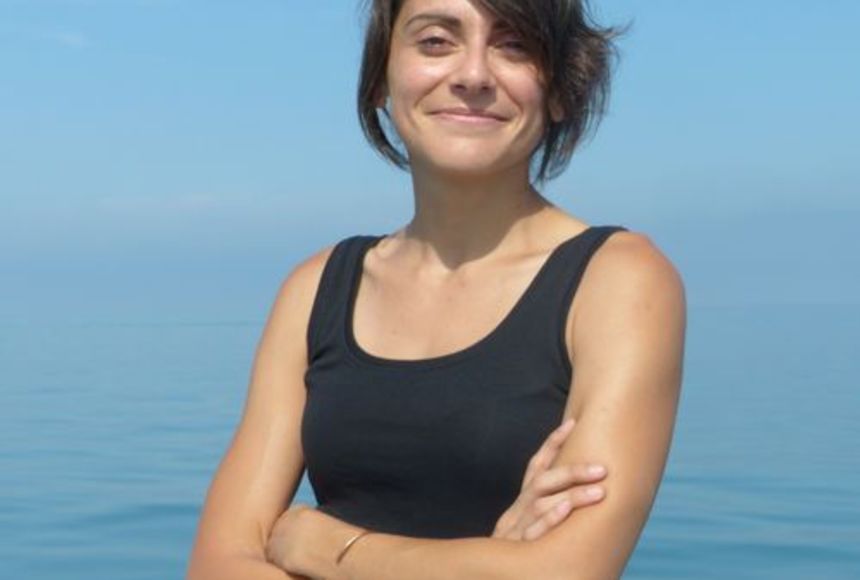ARTICLE
ARTICLE
Explorer Profile: Martina Capriotti, Marine Biologist and Environmentalist
Explorer Profile: Martina Capriotti, Marine Biologist and Environmentalist
Martina Capriotti is a marine biologist and National Geographic Explorer studying the chemical impact of microplastic pollution on aquatic life. In 2018, she became one of three scientists worldwide to receive a National Geographic and Sky Ocean Rescue Scholarship for her innovative research on the Adriatic Sea.
Grades
5 - 8
Subjects
Biology, Ecology, Health, Conservation, Earth Science, Oceanography
Image
Martina Capriotti
It was a scuba diving experience that attracted Martina Capriotti's interest in marine conservation. On this dive, she noticed a group of fish grazing next to discarded batteries and other trash.
Photograph courtesy of Martina Capriotti


Media Credits
The audio, illustrations, photos, and videos are credited beneath the media asset, except for promotional images, which generally link to another page that contains the media credit. The Rights Holder for media is the person or group credited.
Director
Author
Production Managers
Program Specialists
Producer
other
Last Updated
October 31, 2023
For information on user permissions, please read our Terms of Service. If you have questions about how to cite anything on our website in your project or classroom presentation, please contact your teacher. They will best know the preferred format. When you reach out to them, you will need the page title, URL, and the date you accessed the resource.
Media
If a media asset is downloadable, a download button appears in the corner of the media viewer. If no button appears, you cannot download or save the media.
Text
Text on this page is printable and can be used according to our Terms of Service.
Interactives
Any interactives on this page can only be played while you are visiting our website. You cannot download interactives.